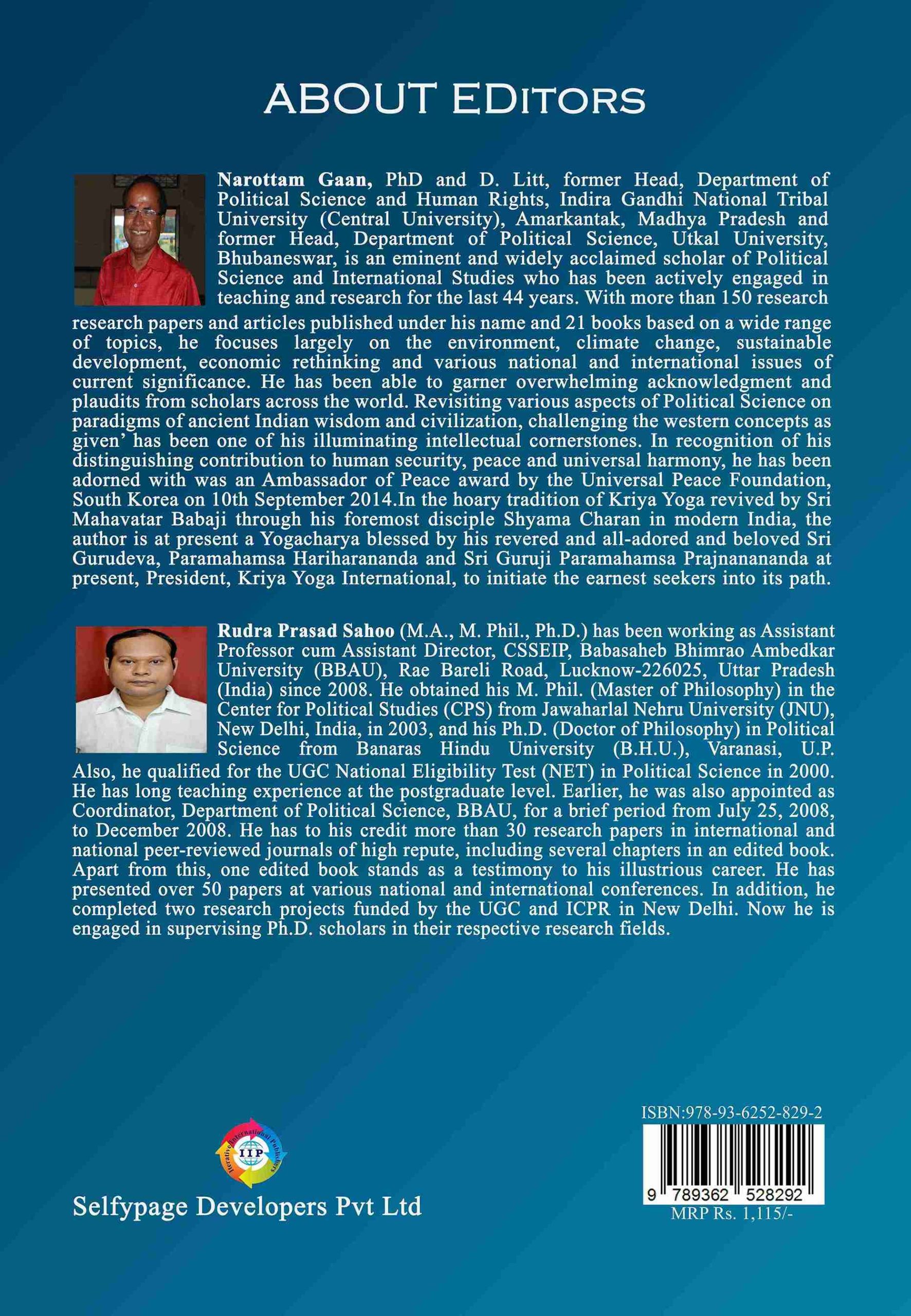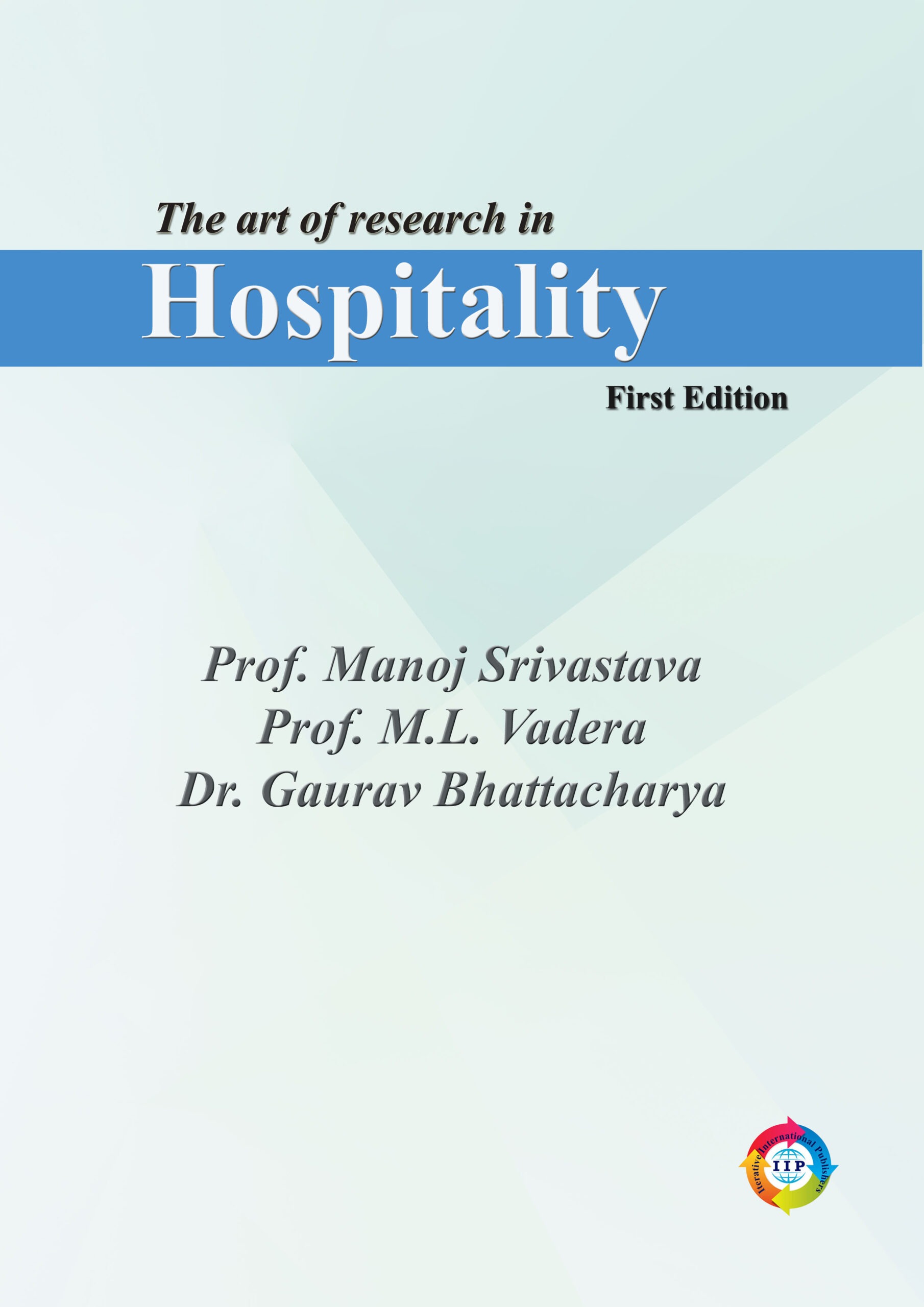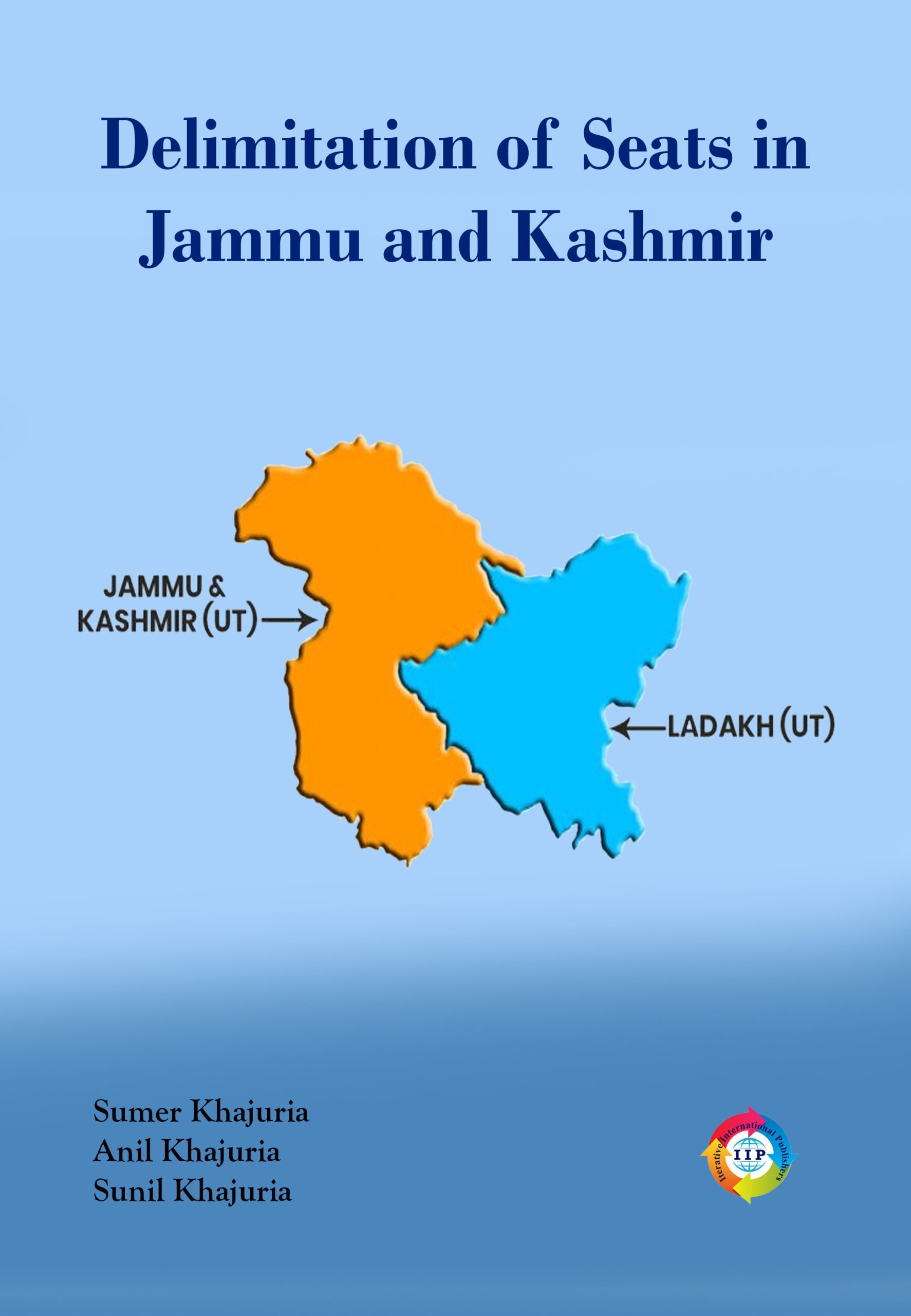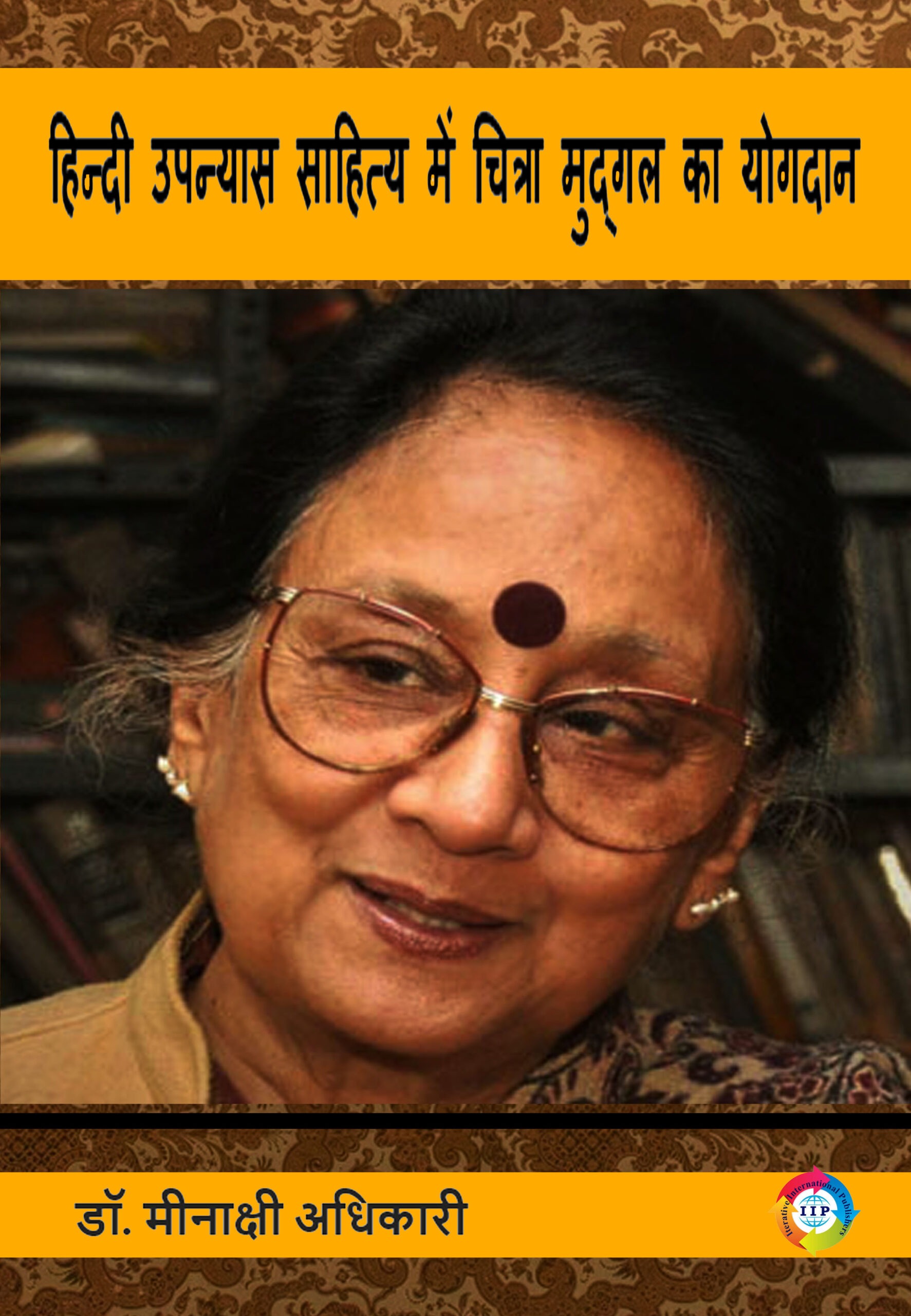Understanding India-China relations in the light of the recent border standoff in Ladakh’s Galwan Valley, which took place on June 14–15, 2020, has given India a realistic outlook for realigning its ties with its immediate neighbour and Asia’s largest nation, China. It is very clear that, in a situation where state actors openly subscribe to “premeditated and planned action” to alter the Line of Actual Control (LAC) by force, it is a learning experience not to live with idealism, especially in the context of China. Earlier India has experienced it with regards to Pakistan, but at this point, it also seems pointless to repeat phrases like Hindi-China bhai-bhai in the context of China. This is an anomalous approach to managing international relations in which state players mindset rather than only the words or the rhetoric remodels and recasts their interaction.
It is praiseworthy to mention here that history has witnessed numerous incidents and events pertaining to commercial and cultural ties that have been enhanced by these two ancient civilizations over time. The Silk Road served as a conduit for ancient trade, and the introduction of Buddhism from India to China enhanced cross-cultural understanding. However, regardless of the historical background, when India and China became independent nations in 1947 and 1949, respectively, their ties took on a new form. In 1950, diplomatic relations were established between them. A bloody conflict they encountered in 1962. Aftermath: respect for the diplomatic handbook led to improvements and cooperation in a variety of domains through subscribing to a variety of methods.
But the recent conflict in Galwan was a symptom of China’s new expansionist strategy, which is adopted on border geopolitical and geostrategic grounds under President Xi Jinping. India in the recent past, also dealt with a similar dilemma in Dukhlom and managed it peacefully through active diplomacy. However, the truth is that China’s recent adherence to geopolitical and strategic interests is what’s causing this ongoing border conflict. Examples of this include India’s refusal to join the Belt and Road Initiative (BRI) of China; India’s close proximity with the USA; India’s role in the Indo-Pacific; India’s building of all-weather roads and bridges near border areas; and India’s counter strategy to throw China from the sphere of influence in the neighborhood by pursuing neighborhood first policy and extended neighborhood policy and creating a sheeting anchor to thwart her “string of Perl”. These are the few policies that stand as game changers that are not in consonance with China’s design of international order.
At the global level, more and more governments emerged along a nationalistic line, further limiting global cooperation and providing space for regional competition. To counter China’s hegemony in world trade, an anti-china alliance was formed to reshape global industrial chains.
In the area of trade, there is a greater imbalance in India-China relations. After the Galwan incident, India’s subsequent policy response to ban China’s 59 App and cancel a contract with a Chinese company further hampers Chinese interest. In such a situation, a pragmatic evaluation is indispensable and not just a “tit for tat” approach to check the unwanted situation and turbulent relationships, which are harmful for future India-China cooperation and their peaceful coexistence.









Reviews
There are no reviews yet.